Phonics practice Letter Recognition Worksheets for Ages 6-9
5 filtered results
-
From - To
Boost your child’s reading skills with our engaging Phonics Practice Letter Recognition Worksheets for Ages 6-9! These expertly-crafted worksheets are designed to make learning fun, helping children identify and recognize letters while enhancing their phonics understanding. Each activity is carefully developed to support young learners in mastering the alphabet through games, puzzles, and interactive exercises. Parents and teachers will appreciate the structured approach, empowering children to build confidence in their reading abilities. Perfect for classroom use or at-home practice, our worksheets provide an effective way to reinforce essential literacy skills. Download now and watch your child thrive in their journey to reading success!
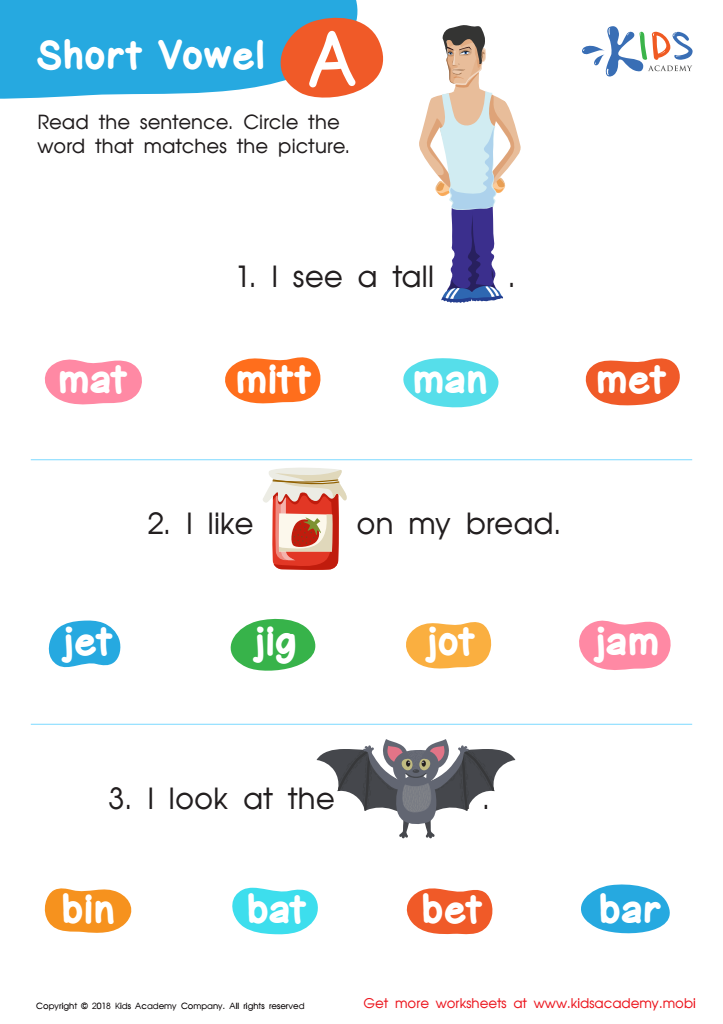

Short Vowel /a/ Worksheet
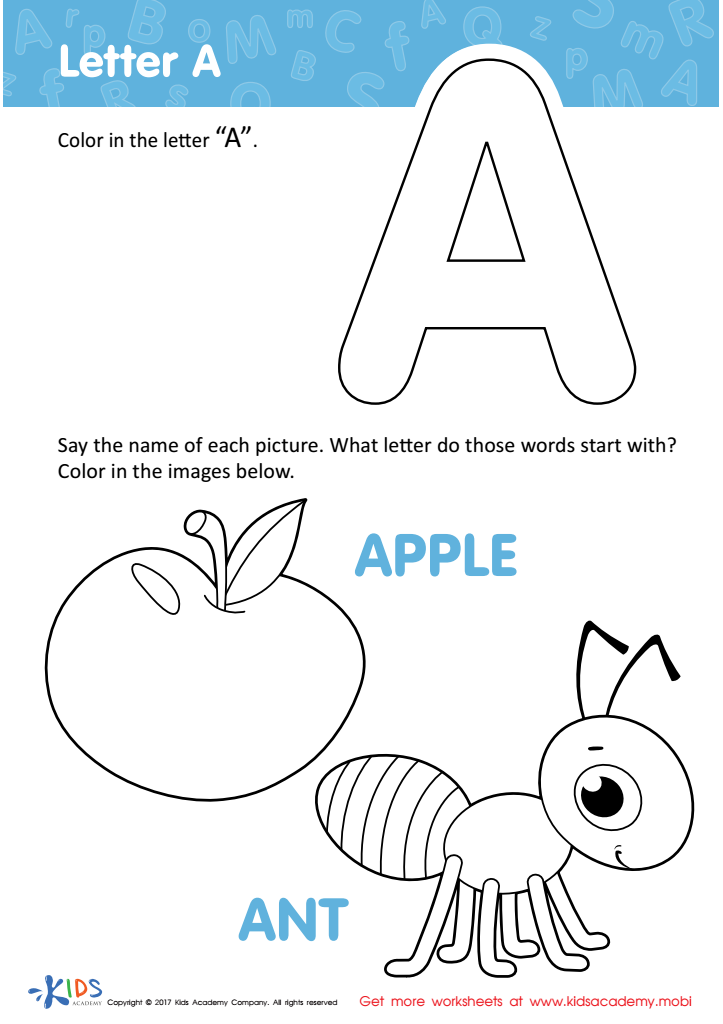

Letter A Coloring Sheet
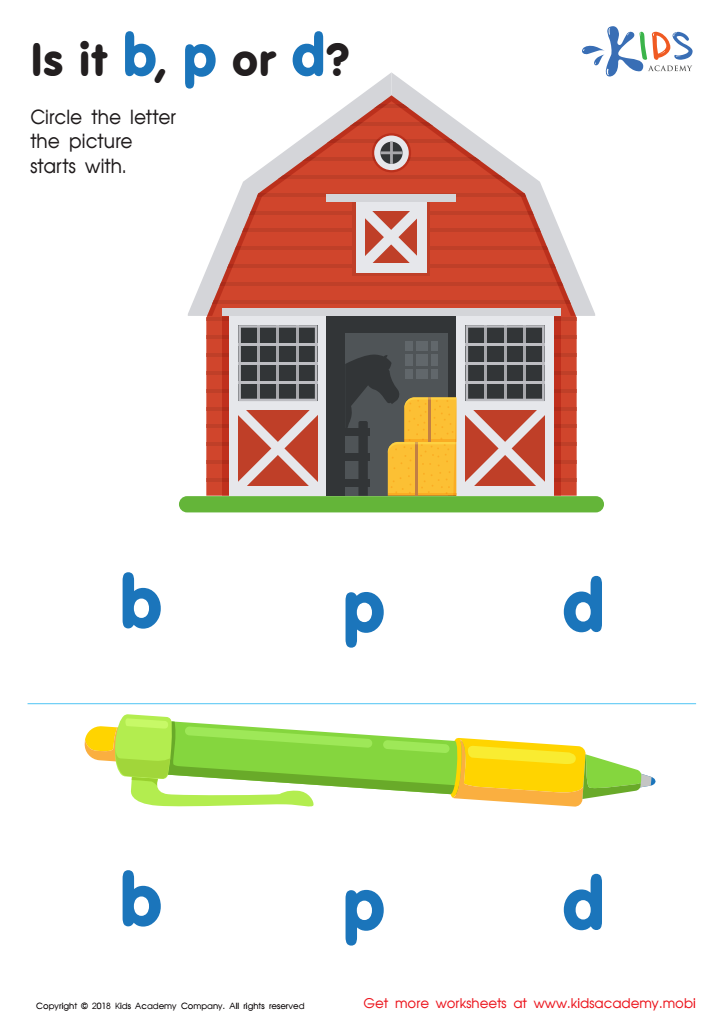

Is it b, p or d? Worksheet
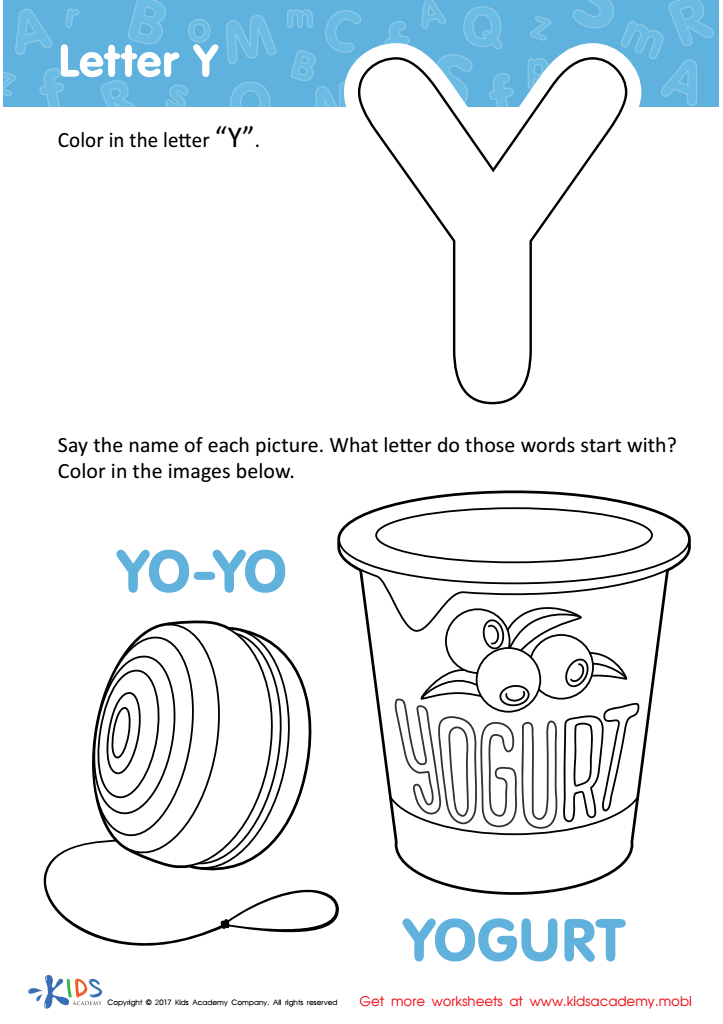

Letter Y Coloring Sheet
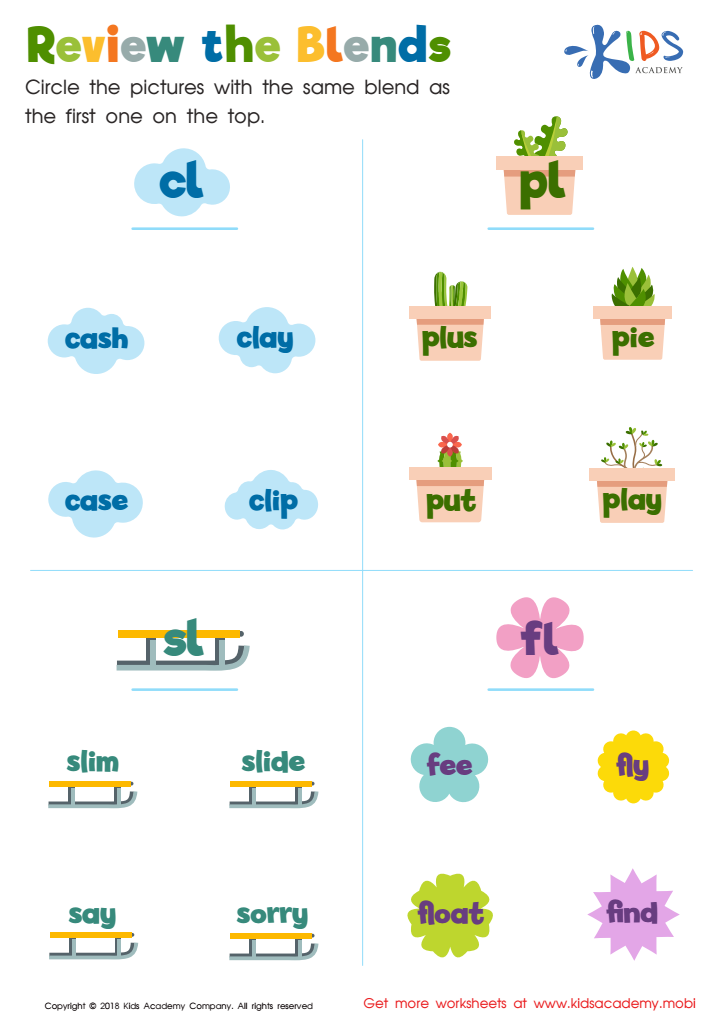

Review the Blends Worksheet
Phonics practice and letter recognition are crucial for children aged 6-9 as they form the foundation for reading and writing skills. During this developmental stage, children are transitioning from learning to read to reading to learn. Mastery of letter recognition allows them to identify and differentiate letters, which is essential for decoding words.
When children recognize letters and understand their sounds, they can blend those sounds to form words. This skill is particularly significant because it enhances their ability to read fluently and comprehend texts. Engaging in phonics activities fosters not only literacy but also builds vocabulary and listening skills, enhancing their overall language acquisition.
Furthermore, the ability to recognize letters and their corresponding sounds positively impacts a child’s confidence in reading. As parents and teachers provide support and encouragement through phonics practice, they help foster a love for reading—a vital skill for lifelong learning.
Additionally, phonics practice contributes to improved spelling and writing abilities, enhancing a child’s communication skills. Overall, investing time in phonics and letter recognition equips children with essential tools for academic success, promoting their cognitive development and critical thinking abilities as they grow.

 Assign to My Students
Assign to My Students



















